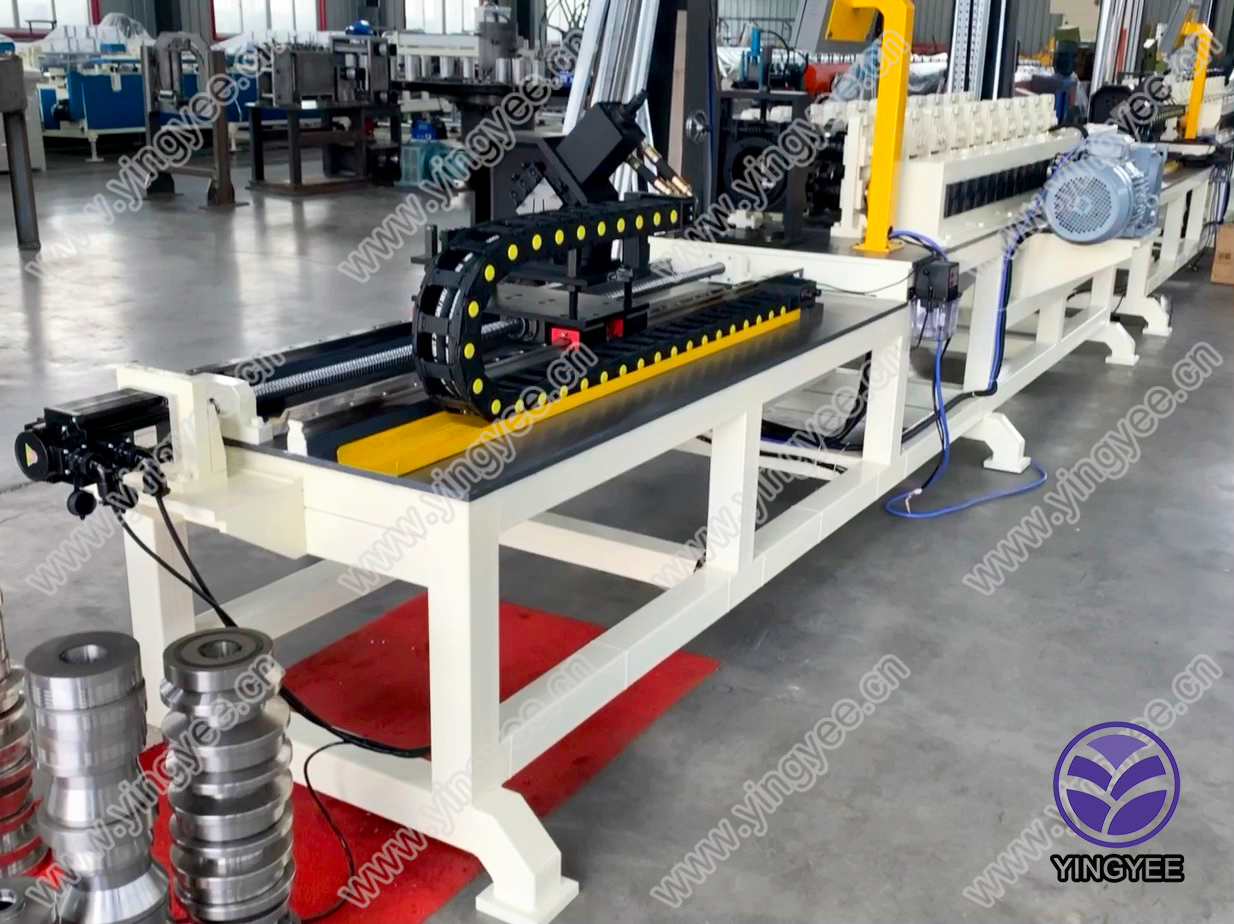
Stud and Track Keel Roll Forming An Overview
The construction and manufacturing industries have long sought efficient and effective methods for producing high-quality structural components. Among these methods, roll forming has emerged as a significant technique, especially in the production of stud and track systems that are critical for erecting walls and other structural frameworks. This process, known as stud and track keel roll forming, plays an integral role in modern construction methods.
What is Roll Forming?
Roll forming is a continuous bending operation in which a long strip of metal is passed through consecutive sets of rolls to form it into a desired cross-section. This technique is particularly advantageous for producing components with uniform shapes, which are essential for structural integrity and reliability. The roll forming process is widely used due to its efficiency, precision, and versatility.
Understanding Stud and Track Systems
Studs are vertical framing members that support wall surfaces, while tracks are horizontal components that anchor the studs in place. Together, they create a framework for drywall, insulation, and other materials used in construction. The stud and track systems are commonly made from cold-formed steel, a strong and lightweight material, making it a preferred choice for both residential and commercial buildings.
The Importance of Keel Roll Forming
Keel roll forming specifically refers to the process of creating stud and track systems with a keel-like shape that provides greater strength and stability. The keel shape allows for enhanced load-bearing capacity, making it ideal for use in heavy-duty applications such as commercial buildings and industrial facilities.
Using keel roll forming techniques, manufacturers can produce custom profiles tailored to specific project needs, ensuring that contractors have the right components for their structural designs. This flexibility is crucial in modern construction, where each project can present unique challenges and requirements.
The Roll Forming Process
The roll forming process for stud and track keel typically involves several steps
1. Material Selection Cold-rolled steel is commonly used due to its excellent strength-to-weight ratio and corrosion resistance.

3. Roll Forming Setup The rolls are designed and arranged based on the desired profile dimensions. Fine-tuning the roll configuration is essential to achieving precise shapes and dimensions.
4. Forming The steel strip is fed through the roll former, where it passes through multiple sets of rolls that gradually shape the material into the final profile of the stud and track.
5. Cutting As the shaped components exit the final roll, they are cut to specified lengths, typically required for different construction applications.
6. Finishing Additional processes such as punching holes for screws or applying protective coatings can be performed to further enhance the performance and longevity of the products.
Advantages of Stud and Track Keel Roll Forming
1. Efficiency The roll forming process is capable of producing long lengths of components with minimal waste, thus optimizing material usage and reducing production costs.
2. Consistency This method ensures high precision and uniformity in the manufactured components, which is vital for structural integrity.
3. Customization Manufacturers can design and produce specialized profiles based on specific project requirements, giving contractors the flexibility they need.
4. Strength The keel design maximizes load-bearing capabilities, ensuring that the structural elements can withstand significant stress and loads.
5. Lightweight The use of cold-formed steel results in a lighter framework, which simplifies transportation and installation on-site.
Conclusion
Stud and track keel roll forming is a vital part of modern construction, enabling the production of strong, efficient, and customizable framing systems. As the demand for faster and more economical building solutions continues to grow, the roll forming process will undoubtedly play a crucial role in meeting these needs. This innovative manufacturing method not only enhances the structural integrity of buildings but also paves the way for modern architectural designs and effective construction practices. With continuous advancements in technology and materials, the future of stud and track keel roll forming appears promising, offering new possibilities for the construction industry.